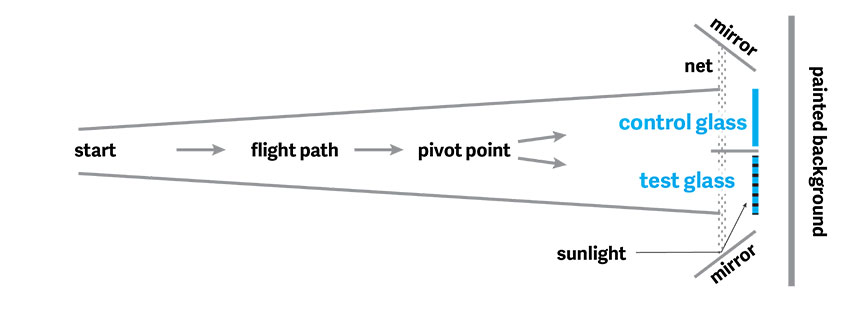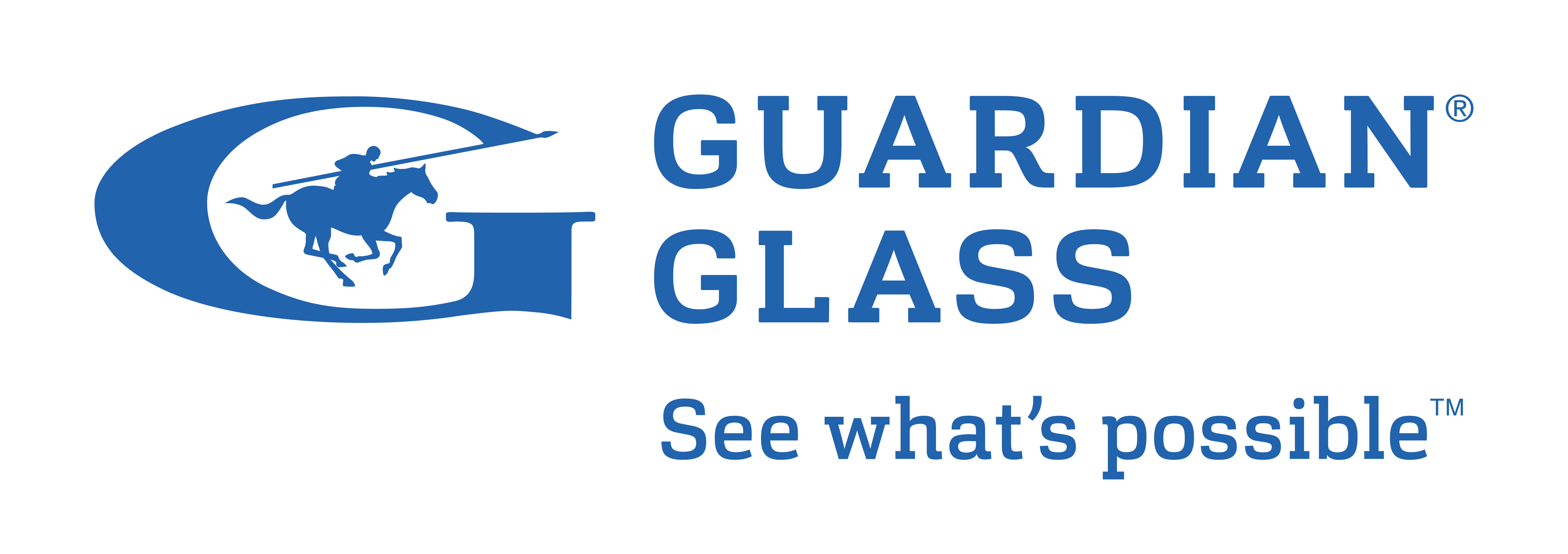Bird-Friendly Design
 1 AIA LU/HSW; 1 IDCEC CEU/HSW; 0.1 ICC CEU; 0.1 IACET CEU*; 1 AIBD P-CE; AAA 1 Structured Learning Hour; This course can be self-reported to the AANB, as per their CE Guidelines; AAPEI 1 Structured Learning Hour; This course can be self-reported to the AIBC, as per their CE Guidelines.; MAA 1 Structured Learning Hour; This course can be self-reported to the NLAA.; This course can be self-reported to the NSAA; NWTAA 1 Structured Learning Hour; OAA 1 Learning Hour; SAA 1 Hour of Core Learning
1 AIA LU/HSW; 1 IDCEC CEU/HSW; 0.1 ICC CEU; 0.1 IACET CEU*; 1 AIBD P-CE; AAA 1 Structured Learning Hour; This course can be self-reported to the AANB, as per their CE Guidelines; AAPEI 1 Structured Learning Hour; This course can be self-reported to the AIBC, as per their CE Guidelines.; MAA 1 Structured Learning Hour; This course can be self-reported to the NLAA.; This course can be self-reported to the NSAA; NWTAA 1 Structured Learning Hour; OAA 1 Learning Hour; SAA 1 Hour of Core Learning
Learning Objectives:
- Identify the four common reasons that birds collide with glass, from both the perspectives of bird behavior and building design, and how these collisions can impact the occupant experience.
- Explain bird-friendly product testing methods, their scoring rubrics, and how a bird-safe building can positively impact occupant behavior.
- Describe how clear access to natural lighting can improve occupant health, welfare, and connection with nature.
- Discuss the different types of bird-friendly glass products, installation methods, and uses.
- Recognize bird-friendly design elements that utilize a building’s shape, location, orientation, and landscaping.
This course is part of the Glass in Architecture Academy
At the same time, interior lights can attract birds looking for food, a habitat, nesting site, or a mate. Lit interiors that contain outside elements may be particularly inviting—and birds often cannot detect the glass barrier between them and the area they want to explore.
Today, lighting design choices coupled with lights-out programs during migration periods can help prevent birds from colliding because of light. Lights-out programs also reduce light pollution and allow more stars to be visible for people in urban environments.
Design
Lighting, transmission, and reflection aren’t the only elements responsible for bird strikes. Both the design and the location of a building can have a significant effect on the number and rate of bird collisions. For example, a curved or U-shaped building can corral or funnel birds into a place where it is difficult for them to leave the area of the building without getting confused by reflection, transmission, and lighting, or a building might simply be located on a site that is near a specific bird population and habitat (and a habitat can be something as simple as a flowerbed or a tree). In another example, a building may also be in the line of flight for specific species or migrations.
It’s vital to understand that the overall design of a building can accentuate other factors that cause bird collisions, such as reflective glass or lighting choices. For example, a U-shaped building made of glass, or any design where birds can drop into the structure from above but cannot easily fly out horizontally, will result in major bird strike issues. A large opaque area with only a few areas of glass can also cause problems. Because many animals will perceive that one window as a shortcut around the entire wall, they will be attracted to and fly into the glass. Some monitoring studies have found that these designs can tally more strikes than on neighboring buildings with more glazing.
Buildings with certain designs can make even the best bird-friendly products less effective. In the same way, though, making smart design choices paired with bird-friendly glass can optimally reduce bird collisions.
UNDERSTANDING BIRD-FRIENDLY PRODUCT TESTING
The only way to develop and rate bird-friendly glazing and other products is through testing. Note that this section is not a comprehensive list of bird-friendly product testing options, and that various building owners, jurisdictions, and certifications may require different tests and ratings on those tests. Inclusion in this list is not an endorsement of one test over another—all testing methods have pros and cons, and testing effectiveness may depend on the type of product in question.
ABC Tunnel Test
Developed by the American Bird Conservancy (ABC), the tunnel test is the best known and the one most often used in the United States. Located at an avian research and banding center in Powdermill, Pennsylvania, as well as at Foreman’s Brand Bird Observatory in Maryland, these tunnels are tested with birds caught humanely in nets in a nearby forested trail. “Birds are placed in a ‘tunnel’ where they can view two pieces of glass: one unmodified pane of glass (the control) and the other with the pattern to be tested,” ABC explains. “Birds fly down the tunnel and are scored according to whether they try to exit through the control or the patterned glass. A mist net keeps the bird from hitting the glass, and it is then released. The project focuses not only on finding patterns effective for deterring collisions, but also on effective patterns that cover a minimal part of the glass surface.”

Credit: American Bird Conservancy
In the ABC tunnel test, birds fly down a tunnel until they reach a pivot point that allows them two options: flying toward the test glass or flying toward the control glass. A mist net protects the birds from harm.
The test is used to determine what is called the Material Threat Factor (commonly known as the Threat Factor or TF) and is based on flying at least 80 individual birds down the tunnel and recording whether they fly toward the control or toward the patterned test pane. For example, if 80 birds flew down the tunnel, with 20 flying toward the test pattern and 60 toward the control, 25% (20/80) of the birds flew toward the test pattern and it would therefore have TF=25.
ABC stresses that a material’s Threat Factor doesn’t translate to a specific perfect reduction in collisions when a product is installed on a building. This is because the same glass product will perform differently depending on a number of different factors, including the design of the building, the sun’s angle, or the reflected habitat. But, that being said, ABC writes that, “the lower the threat factor, the fewer collisions.” ABC also defines “bird-friendly” materials conservatively, as materials having a Threat Factor of ≤30, which they believe corresponds to a reduction of collisions of at least 50% under real-world conditions. TF is used by both New York City and Leadership in Energy and Environmental Design (LEED) in order to determine if a facade meets bird-friendly requirements.
The ABC tunnel test is a preferred test because it provides informative scores for glass products and because the test is safe and nonlethal to birds. However, it’s important to note that the test centers are testing for transmission as opposed to reflection and that the testing season is limited to migration months in the spring and fall. With most buildings, reflection is primarily responsible for the image formation on the facade under average circumstances.
The Threat Factor of Other Materials
Not all materials with a Threat Factor score are tested in the bird tunnel. The Bird-Safe Building Alliance (BSBA), a group of architects experienced in bird-friendly design, conservation biologists, and other collision experts, are tasked with assigning TF scores to a number of materials via board review.
According to their website, products may be scored by review if they meet one of three criteria: they “a) were tested using other, peer-reviewed protocols that ABC and BSBA have determined to be equivalent or translatable to tunnel testing scores, b) were studied by scientists or experienced building collision monitors with a documented reduction in collisions of at least 50%, or c) meet ABC's Prescriptive Standards, created using principles derived from tunnel scores, data from collisions monitoring, and information from the literature on avian perception.” For an easy example, the BSBA can assign a solid wall a TF score of 1 without having to conduct an 80-bird tunnel test.
Austrian Tunnel Test
The Collabs-Collision Laboratories nonlethal tunnel test in Austria was the inspiration for the ABC tunnel test. After its initial development, lead researcher Martin Rössler also created a new version of the Collabs- Collision Laboratories tunnel test that added the ability to test in either reflection or transmission, an aspect of testing that ABC has yet to add. Testing is also limited to July-November for the Collabs-Collision tunnel test, which measures the percentage of birds that fly toward the test glass:
- Over 45% = (ineffective)
- 20-45% = (not very suitable)
- 10%-20% = (conditionally suitable)
- 10% or less = (highly effective / "bird protection glass")
Retrofit Monitoring Studies
One shortcoming of the above tests is that specific products are tested in a very controlled environment; they do not simulate a building as a whole, which has a very specific shape, height, design, and geographic location. They also do not take into account dynamically changing sky lighting conditions. However, it’s possible to expand our knowledge of bird-safe glazing by monitoring buildings before and after building renovations and retrofits. Researchers daily scanning the area at the foot of buildings for bird fatalities both before and after a retrofit involving bird-friendly glass can elucidate not only the effectiveness of the product but also the performance of the specific building in question.
Monitoring studies can help determine if a building should be retrofitted with a bird-friendly solution. For example, at Western University, in London, Ontario, a bird collision monitoring study of 40 buildings on campus between 2019-2021 helped the administration retrofit five high-collision buildings as well as integrate bird-friendly design into their three new builds.
And retrofit monitoring studies have shown just how effective the addition of one bird-friendly product can be to an existing building. One such study of the Columbia building in North Portland, Oregon, found a 94% reduction in bird collisions after a retrofit by monitoring the building before and after the change. In this case, the retrofit involved the application of a striped bird-safe film to the building’s extensive floor-to-ceiling window glass.
Finally, monitoring studies can help determine the species of affected birds, the areas of the buildings that pose a danger, and the times of year that collisions might increase or decrease due to factors like migration and changing light. That said, keep in mind that while monitoring studies are part of both FLAP and LEED credit recommendations, two major disadvantages exist: they can only take place after a bird-friendly product is installed and only in existing or completed buildings. However, developers do not need to do an extensive monitoring study to know if a building is going to have a lot of collisions. An expert can evaluate the area for bird habitat, look at how the building sits in that landscape, and give a directionally correct evaluation of the building's collision risks.











